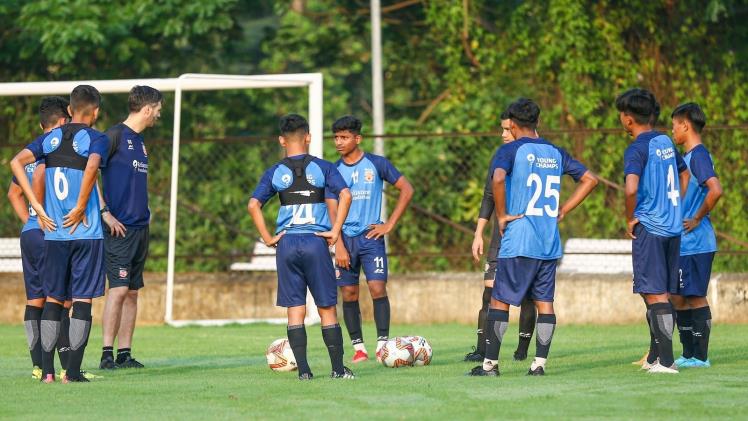 Modern football’s history isn’t only about World Cups and Champions League finals. It’s also about the small training fields where dreams are born. The path from local football to global fame begins at junior academies. It doesn’t matter if you follow results on sites like 22Bet or love the game for its artistry.
Modern football’s history isn’t only about World Cups and Champions League finals. It’s also about the small training fields where dreams are born. The path from local football to global fame begins at junior academies. It doesn’t matter if you follow results on sites like 22Bet or love the game for its artistry.
The Basis of Contemporary Football
Youth academies shape young athletes in skills, strategy, and mindset. They are more than just training centers. These institutions include local groups and famous programs like La Masia in Barcelona and the Ajax Academy in Amsterdam. They have consistently nurtured talent for future generations. They want to teach discipline, resiliency, and teamwork early on. It’s about more than just passing, dribbling, or shooting.
For a lot of clubs, funding youth development is both a financial need and a cultural principle. Successful academies create their own stars instead than spending millions on transfers. For both clubs and communities, this long-term strategy may offer sustainability, identity, and pride.
The Philosophy of Training
A youth academy’s philosophy is its greatest asset. Some academies focus more on technical skills. Others emphasize tactical understanding or physical fitness. Barcelona’s La Masia focuses on possession-based football. It helps young players improve their spatial awareness and passing triangle skills. The famous Ajax academy mixes tactical creativity with the belief that players should be flexible. They need to handle different roles before settling into one.
Training at the grassroots level goes beyond football as well. Numerous academies offer psychological support, medical care, and instruction. These programs shape well-rounded individuals. They prepare people for success and failure. The focus is on the whole person, not just the athlete.
Career Routes for Professionals
Football professional development is facilitated by youth academies. Scouts frequently keep an eye on athletes as young as ten or twelve in an effort to identify those who have the potential to become future stars. A small number of students accepted into top schools actually get professional contracts. This is due to tough competition.
But there are huge benefits for those who succeed. Legends like Matthijs de Ligt, Andrés Iniesta, Marcus Rashford, Lionel Messi, and Xavi started in youth systems. These systems gave them disciplined development. Their experiences show how a great academy can connect raw talent to polished success around the world.
Academies’ Function in International Football
Youth academies have an impact on football as a whole in addition to creating stars. They boost social mobility. They also diversify playing styles in international teams. Plus, they spread tactical ideas across borders. Football academies often serve as safe havens for kids in underdeveloped nations. They offer a path away from poverty and crime.
The academy model has also evolved as a result of globalization. European clubs are scouting talent from South America, Asia, and Africa. They want to include players from different backgrounds in their systems. In addition to improving club play, this exchange adds diverse styles and cultures to the worldwide game.
Obstacles and Remarks
Academies have shortcomings despite their significance. Critics warn that kids under high pressure can face burnout, mental health issues, or disappointment if they don’t succeed. Some people highlight the risk of exploitation, especially where scouting rules are weaker.
Organizations like FIFA and UEFA are enforcing rules to safeguard young athletes in an effort to combat these problems. Academy policies now focus on balancing player rights, welfare, and education with athletic development. .
Creating the Future, One Individual at a Time
Youth academies are the heart of football. You can find them in small towns and at top teams. They are where identities are created, dreams are born, and the game’s future is meticulously planned. Years of invisible labor in the academy system precede every superstar that lights up the greatest stadiums in the globe.
Youth academies remind us that success takes time in a sport that is characterized by passion, drama, and community. It is the result of organization, patience, and faith in the next generation’s abilities.